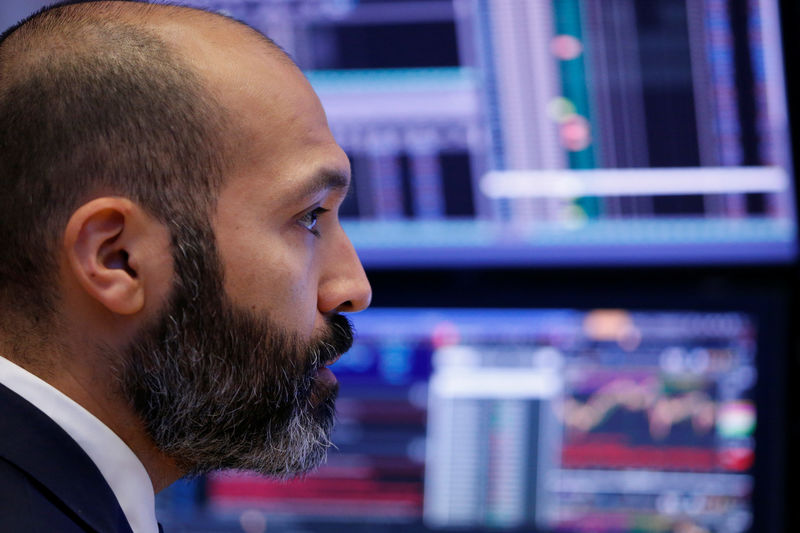By Sriparna Roy
(Reuters) – Price increases for five of the 10 drugs that contributed the most to a rise in U.S. medical spending in 2023 were not supported by clinical evidence and drove costs higher by $815 million, an influential drug pricing watchdog said on Thursday.
The Institute for Clinical and Economic Review (ICER) said that half of the drugs assessed had price increases based on new evidence of additional benefits or reduced harm, while the other half lacked such evidence.
Johnson & Johnson (NYSE:)’s cancer drug Darzalex was on the list of price increases not backed by clinical evidence for the second time this year. A 7.6% rise in the treatment’s list price added about $190 million to U.S. spending, according to the report.
Gilead (NASDAQ:)’s HIV drug Biktarvy, Novartis (SIX:)’ heart drug Entresto, Exelixis (NASDAQ:)’ cancer therapy Cabometyx and Pfizer (NYSE:)’s rheumatoid arthritis drug Xeljanz were the other four drugs that contributed to increased spending without being backed by data.
Biktarvy contributed more than the other four on the list, the ICER’s Vice President of Research Foluso Agboola said.
“We continue to see list price increases that are far above the rate of inflation for many of the costliest drugs,” Agboola added.
Last year, eight of the 10 high-expenditure drugs had substantial price increases, accounting for $1.27 billion in additional costs, according to the U.S. pricing research firm.
Merck (NS:)’s Keytruda was among the top ten most expensive drugs, but the ICER said that the 4.1% increase in the treatment’s list price was supported by clinical evidence.
Even though the drugs did have new clinical evidence, the report did not attempt to determine whether the price increases were fully justified by meeting a health-benefit price benchmark that might be determined by a formal cost-effectiveness analysis.
